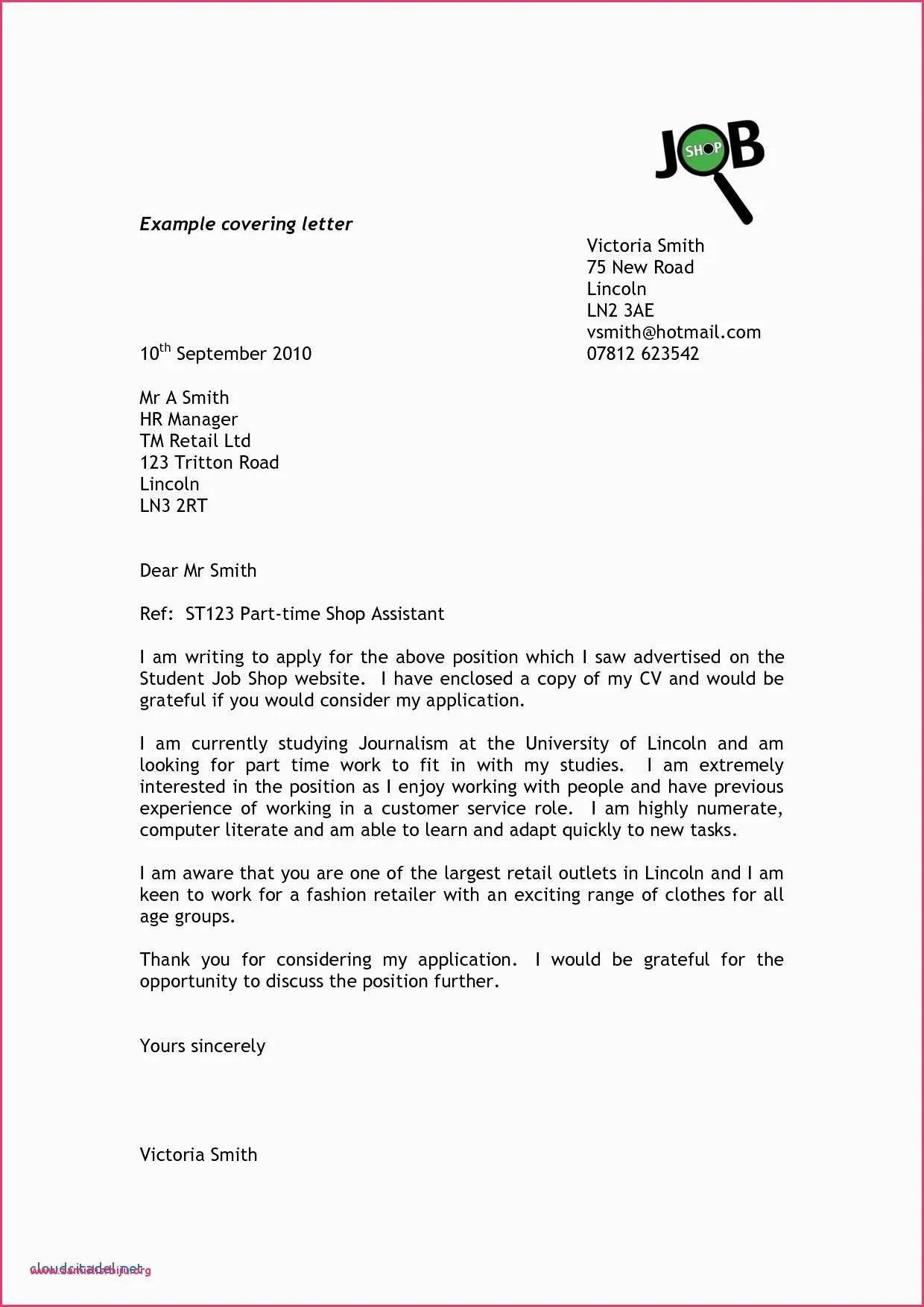Cover Letter Example 2019 Overview
A cover letter is a crucial document in the job application process, serving as your introduction to a potential employer. It complements your resume and provides an opportunity to highlight your skills, experience, and personality in a more personalized way. Think of it as a sales pitch where you’re selling yourself to the hiring manager. A well-crafted cover letter can significantly increase your chances of getting an interview, making it an indispensable tool for job seekers in 2019 and beyond. It’s not just about listing your qualifications; it’s about demonstrating how your skills and experiences align with the specific requirements of the job and the values of the company.
Importance of a Cover Letter
The importance of a cover letter in the job application process cannot be overstated. It’s your first opportunity to make a strong impression on the hiring manager. Unlike your resume, which provides a factual overview of your qualifications, a cover letter allows you to showcase your personality, communication skills, and genuine interest in the position and the company. It allows you to explain any gaps in your employment history, address specific job requirements, and demonstrate why you’re the perfect fit for the role. Furthermore, a well-written cover letter indicates that you’ve taken the time to research the company and understand the specific needs of the position.
Key Elements for Cover Letter
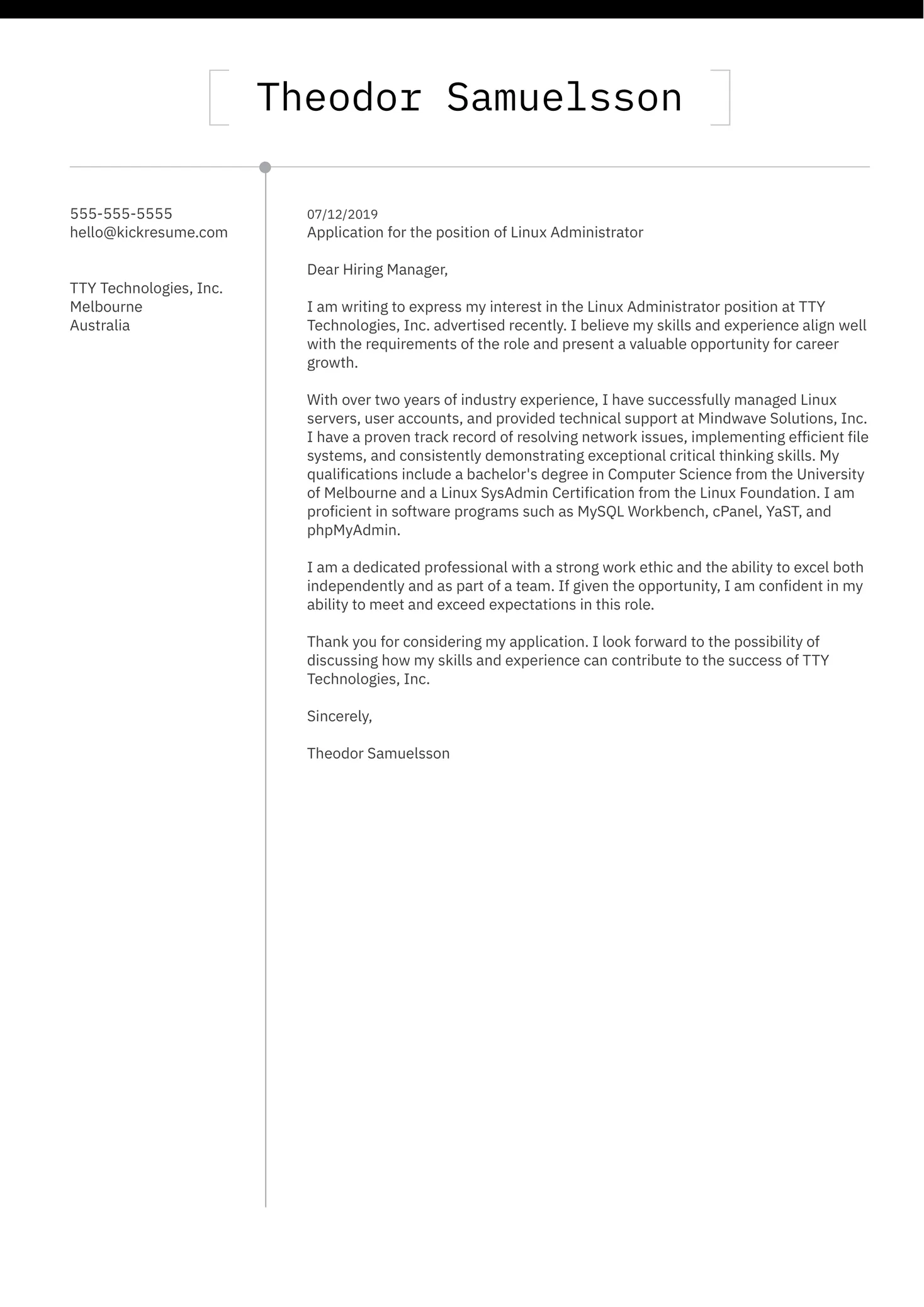
A compelling cover letter includes several key elements that work together to create a persuasive and memorable introduction. First and foremost, it should be addressed to a specific person whenever possible; this shows that you’ve done your research and are genuinely interested in the opportunity. Begin with a strong opening paragraph that grabs the reader’s attention and states the position you’re applying for. The body of the letter should then highlight your relevant skills and experiences, providing specific examples of your achievements and how they align with the job requirements. Conclude with a call to action, expressing your enthusiasm for the opportunity and your willingness to discuss your qualifications further.
Top 5 Tips for Writing a Cover Letter 2019
Tip 1 Tailor Your Letter
One of the most critical tips for writing an effective cover letter is to tailor it to each specific job you apply for. Generic cover letters are easily recognizable and often end up in the rejection pile. Take the time to carefully review the job description and identify the key skills and qualifications the employer is seeking. Then, in your cover letter, highlight how your skills and experiences align with those specific requirements. This demonstrates to the hiring manager that you’ve taken the time to understand the role and are genuinely interested in the position. Tailoring also shows that you are serious about the role. Use the language and keywords from the job description to show how you can fulfill the roles.
Why Tailoring Matters
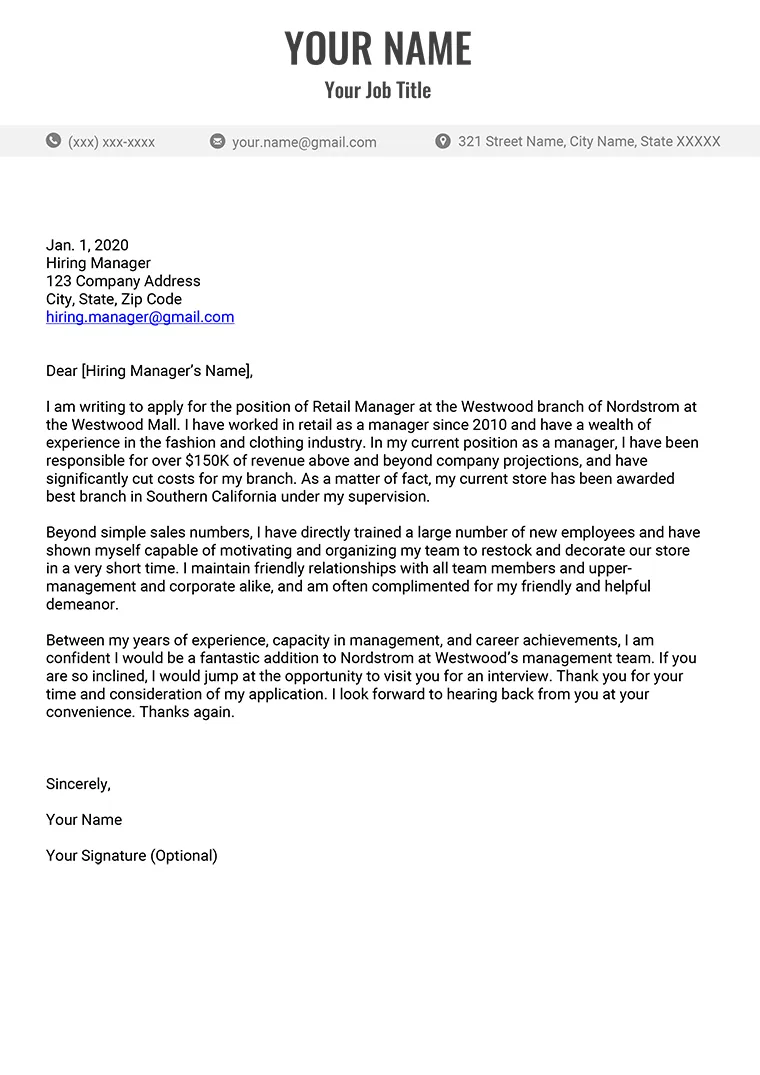
Tailoring your cover letter is important because it demonstrates that you understand the specific needs of the employer and the role. It shows that you’ve invested time and effort into researching the company and the position, which indicates your genuine interest and commitment. By addressing the specific requirements outlined in the job description, you increase the likelihood of your cover letter standing out from the competition. Employers are more likely to be impressed by a candidate who takes the time to tailor their application, as it suggests a higher level of professionalism and attention to detail.
How to Tailor
To tailor your cover letter effectively, start by carefully reviewing the job description. Identify the key skills, qualifications, and responsibilities outlined in the job posting. Then, review your resume and identify the experiences and accomplishments that are most relevant to those requirements. In your cover letter, highlight those specific experiences and skills, providing concrete examples of how you’ve demonstrated those skills in the past. Use the language and keywords from the job description to demonstrate that you understand the role and the company’s needs. Also, research the company’s mission, values, and culture and try to incorporate those elements into your letter, showing how you align with them.
Tip 2 Highlight Relevant Skills
When writing a cover letter, it’s essential to highlight your relevant skills. Identify the skills and qualifications that are most important for the job you’re applying for, and then showcase them in your cover letter. This doesn’t mean simply listing your skills; it means providing specific examples of how you’ve utilized those skills to achieve results in the past. Use action verbs to describe your accomplishments and quantify your achievements whenever possible. For example, instead of saying, ‘I managed a team,’ say ‘I managed a team of 10 employees, increasing productivity by 15%.’ This helps the hiring manager see the value you bring to the table.
Identifying Your Skills
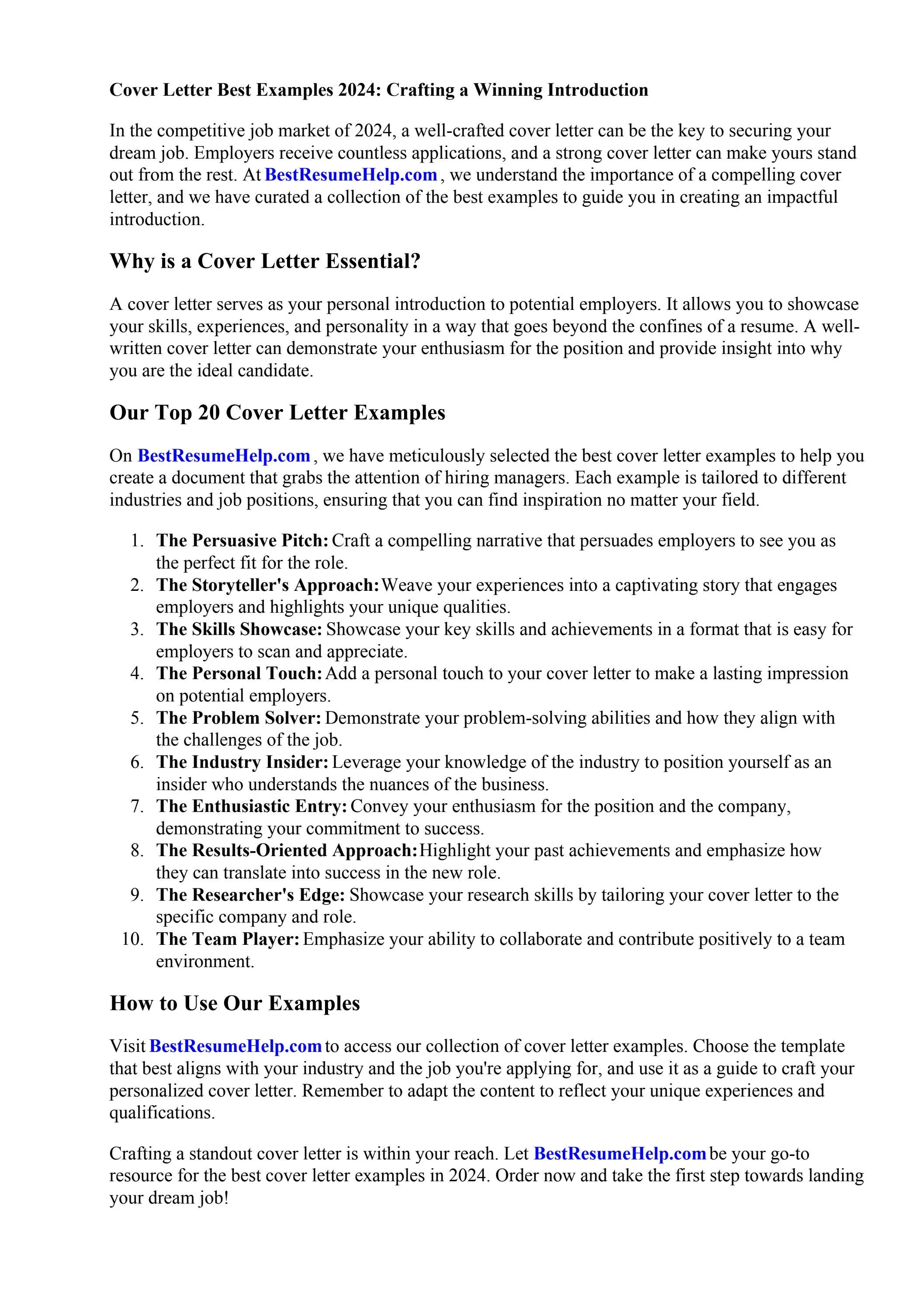
Identifying your relevant skills is the first step toward writing a compelling cover letter. Start by making a list of all your skills, both hard skills (technical abilities) and soft skills (interpersonal abilities). Then, review the job description and identify the skills that the employer is seeking. Compare your list of skills to the job requirements and highlight the skills that align most closely. Be sure to consider both technical skills, such as proficiency in specific software or programming languages, and soft skills, such as communication, problem-solving, and teamwork. Prioritize the skills that are most important for the job and be prepared to provide specific examples of how you’ve used those skills in the past.
Presenting Skills Effectively
Once you’ve identified your relevant skills, it’s important to present them effectively in your cover letter. Don’t just list your skills; provide concrete examples of how you’ve used those skills to achieve results. Use the STAR method (Situation, Task, Action, Result) to structure your examples. Briefly describe the situation, the task you were responsible for, the actions you took, and the results you achieved. Quantify your achievements whenever possible using numbers, percentages, or other metrics. For example, if you’re highlighting your communication skills, you could say, ‘I successfully negotiated contracts with vendors, resulting in a 10% cost savings.’ By providing specific examples, you’ll make your skills more tangible and demonstrate your value to the employer.
Tip 3 Showcase Achievements
In addition to highlighting your skills, it’s essential to showcase your achievements in your cover letter. Employers are interested in seeing what you’ve accomplished in your previous roles. Instead of simply describing your job duties, focus on the results you’ve achieved. Provide specific examples of your accomplishments and quantify your achievements whenever possible. For instance, instead of saying, ‘I increased sales,’ say ‘I increased sales by 15% in the first quarter.’ By focusing on your accomplishments, you’ll demonstrate your value to the employer and make your cover letter more persuasive. Achievements show your capabilities and potential.
Quantifying Achievements
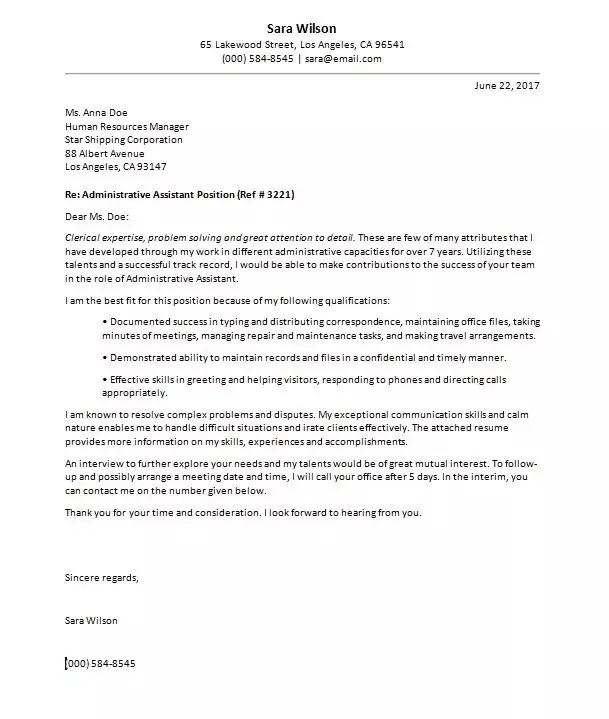
Quantifying your achievements is a powerful way to make your cover letter more impactful. Whenever possible, use numbers, percentages, or other metrics to demonstrate the results you’ve achieved in your previous roles. For example, if you’re highlighting your ability to improve customer satisfaction, you could say, ‘I increased customer satisfaction scores by 20% within six months.’ If you’re highlighting your ability to manage projects, you could say, ‘I successfully completed all projects within budget and on time.’ Quantifying your achievements provides concrete evidence of your abilities and makes your accomplishments more tangible and impressive. Using numbers makes the cover letter more credible.
Using Action Verbs
Using strong action verbs is essential for making your cover letter more dynamic and engaging. Action verbs describe your accomplishments and help to demonstrate your skills and abilities. Start each bullet point or sentence describing your achievements with a strong action verb, such as ‘managed,’ ’led,’ ‘developed,’ ‘implemented,’ ‘achieved,’ ‘increased,’ or ‘reduced.’ Avoid passive language and instead use active voice to make your writing more compelling. For example, instead of saying, ‘Responsibilities included managing social media,’ say ‘Managed and grew social media engagement by 25%.’ Action verbs bring life to your cover letter and make it more memorable.
Tip 4 Proofread Meticulously
Proofreading your cover letter is an absolute must. Even the most talented candidates can undermine their chances of getting an interview by submitting a cover letter with errors. Errors in grammar, spelling, and punctuation can make you appear careless and unprofessional. Always proofread your cover letter carefully before submitting it, and consider having a friend, family member, or career counselor review it as well. A fresh pair of eyes can often catch errors that you might miss. A polished and error-free cover letter demonstrates your attention to detail and professionalism. Ensure you are using the correct name for the employer.
Importance of Proofreading
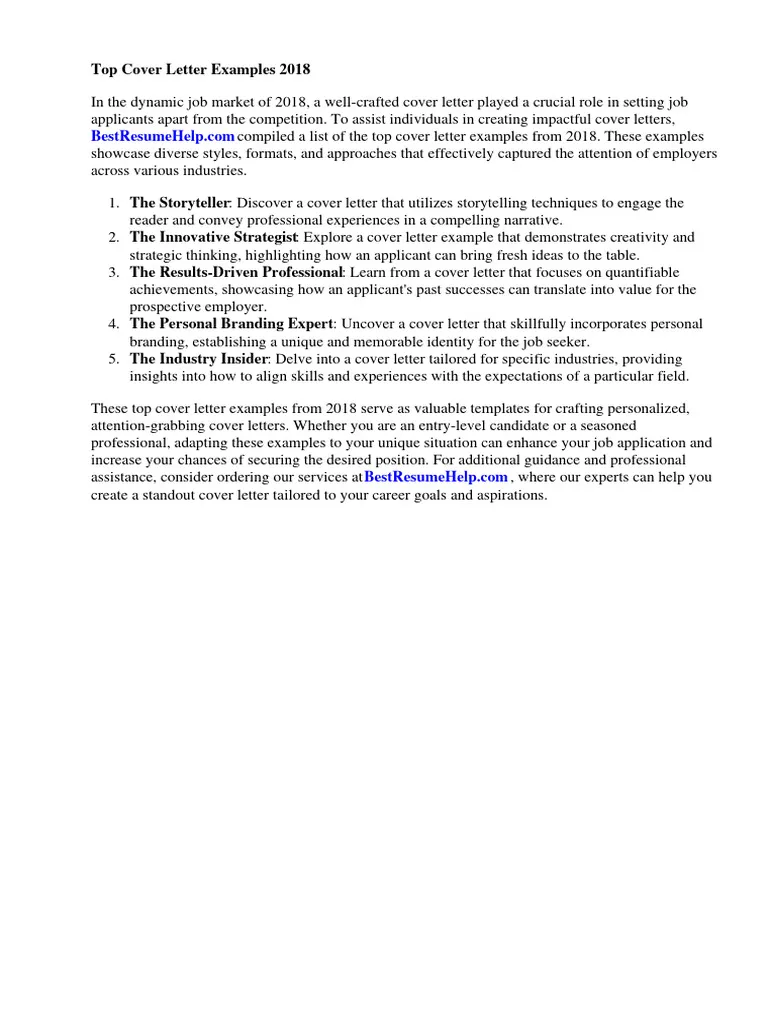
The importance of proofreading cannot be overstated. A cover letter riddled with errors can create a negative first impression and damage your credibility. Errors in grammar, spelling, and punctuation can make you appear careless, unprofessional, and lacking attention to detail. Hiring managers often view errors as a sign that you’re not committed to the job or that you lack the skills needed to succeed in the role. Proofreading is also essential because it ensures that your cover letter is clear, concise, and easy to read. A well-written and error-free cover letter demonstrates your professionalism and increases your chances of making a positive impression.
Proofreading Checklist
To ensure your cover letter is error-free, follow a thorough proofreading checklist. First, read through your cover letter slowly, paying close attention to grammar, spelling, and punctuation. Use spell-check and grammar-check tools, but don’t rely on them completely; they may miss subtle errors. Check for consistency in formatting, such as font, spacing, and indentation. Make sure your contact information is accurate and up-to-date. Verify that you’ve addressed the letter to the correct person and used the proper salutation. Consider reading your cover letter aloud, as this can help you catch awkward phrasing and other errors. Finally, ask someone else to review your cover letter for a fresh perspective.
Tip 5 Follow Proper Format
Adhering to the proper format is crucial for presenting your cover letter professionally. Use a clean and easy-to-read font, such as Times New Roman, Arial, or Calibri, and maintain a consistent font size throughout the letter. Use standard margins (1 inch on all sides) and double-space between paragraphs. Keep the letter concise and to the point, ideally within one page. Include your contact information at the top of the letter, followed by the date and the hiring manager’s contact information. Use clear and concise language, and avoid using jargon or overly complex sentences. A well-formatted cover letter is easy to read and creates a positive impression.
Formatting Guidelines
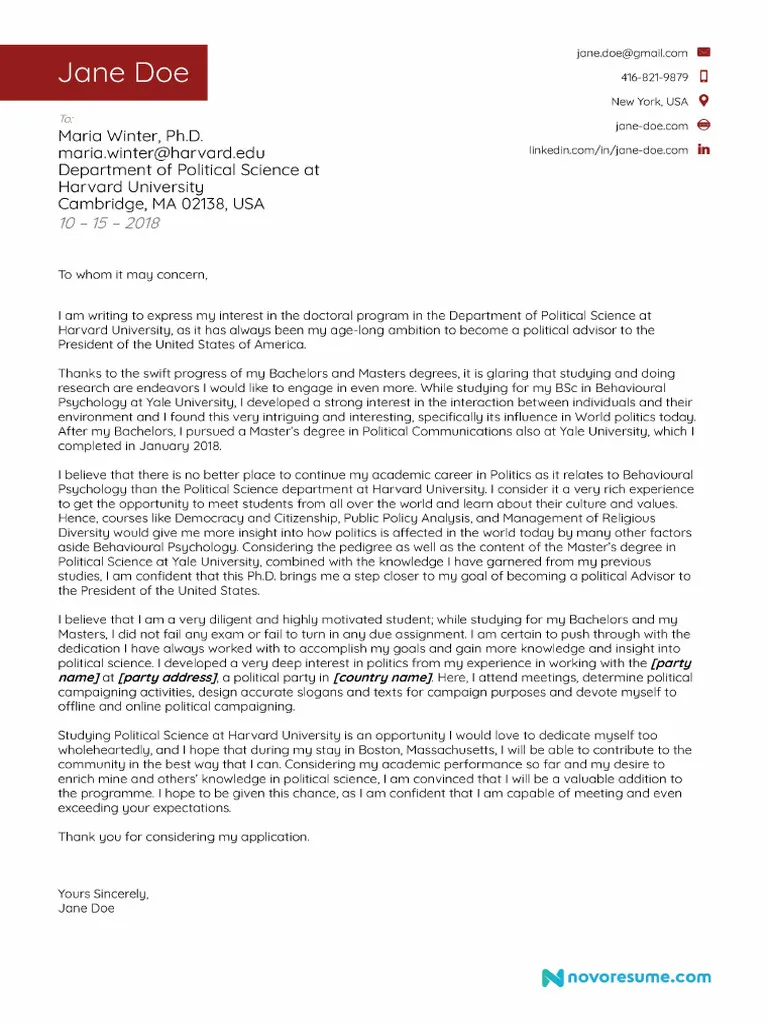
When formatting your cover letter, pay attention to several key elements. Use a professional and easy-to-read font, such as Times New Roman, Arial, or Calibri, and keep the font size between 10 and 12 points. Use standard margins (1 inch on all sides) and double-space between paragraphs. Left-align your text, and avoid using excessive bolding or italics. Ensure your contact information, including your name, address, phone number, and email address, is at the top of the letter. Include the date and the hiring manager’s contact information (if known). Keep the tone of your letter professional and avoid using slang or overly casual language. The formatting shows your attention to detail.
Contact Information and Salutation
Your cover letter should start with your contact information and a proper salutation. At the top of the letter, include your full name, address, phone number, and email address. Then, include the date and the hiring manager’s name and title (if known) and the company’s address. Always address your cover letter to a specific person whenever possible; this demonstrates that you’ve done your research and are genuinely interested in the opportunity. If you don’t know the hiring manager’s name, use a general salutation such as ‘Dear Hiring Manager’ or ‘Dear [Department Name] Team.’ Close your cover letter with a professional closing, such as ‘Sincerely’ or ‘Best regards,’ followed by your typed name.
Cover Letter Example 2019 Conclusion
In conclusion, crafting a compelling cover letter is an essential part of the job application process. By following the top 5 tips outlined in this guide – tailoring your letter, highlighting relevant skills, showcasing achievements, proofreading meticulously, and adhering to proper format – you can significantly increase your chances of making a positive impression and landing an interview. Remember that a well-written cover letter is not just a formality; it’s a powerful tool that allows you to showcase your unique skills, experiences, and personality and demonstrate why you’re the ideal candidate for the job. Invest the time and effort into creating a strong cover letter, and you’ll be well on your way to achieving your career goals.
